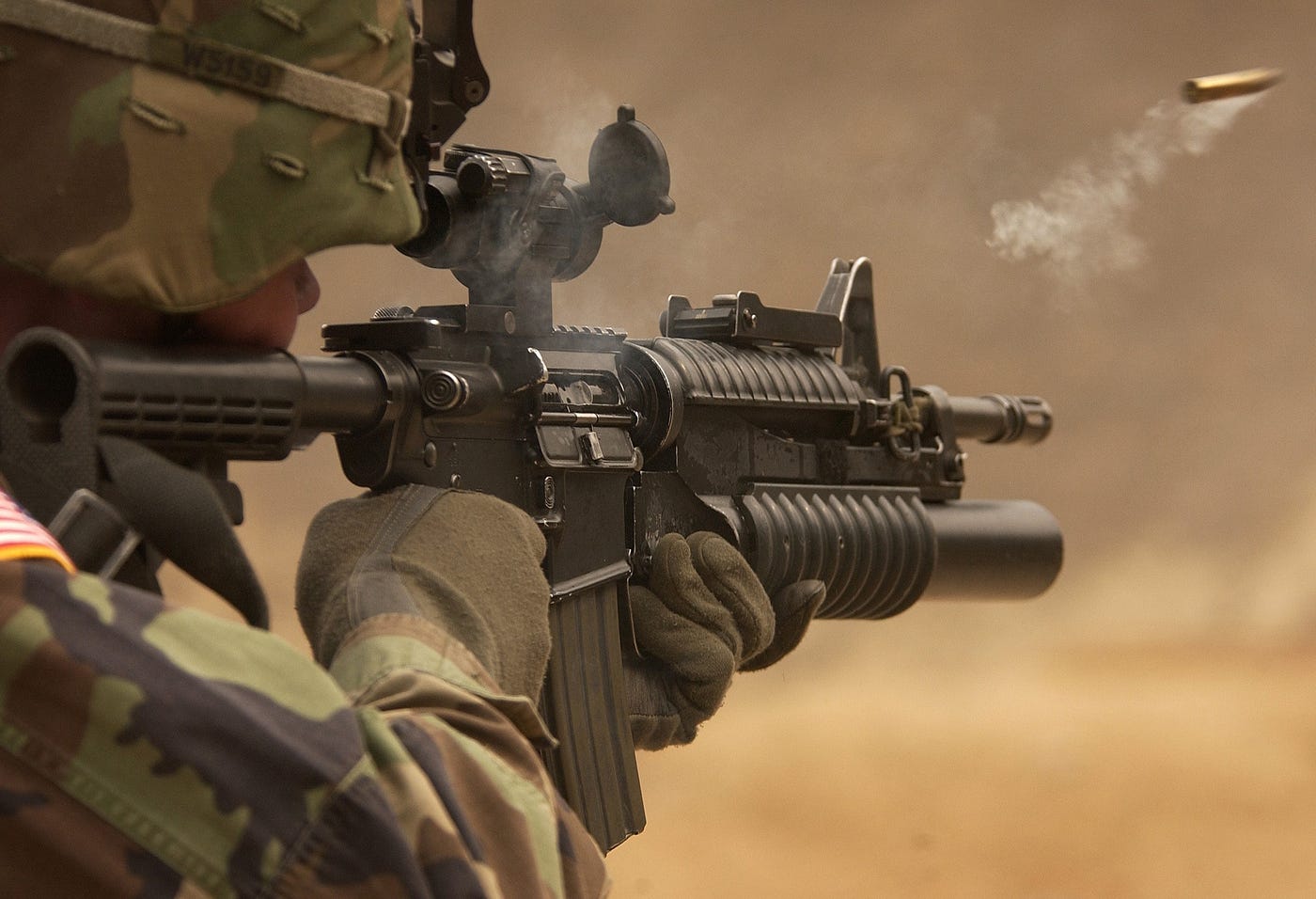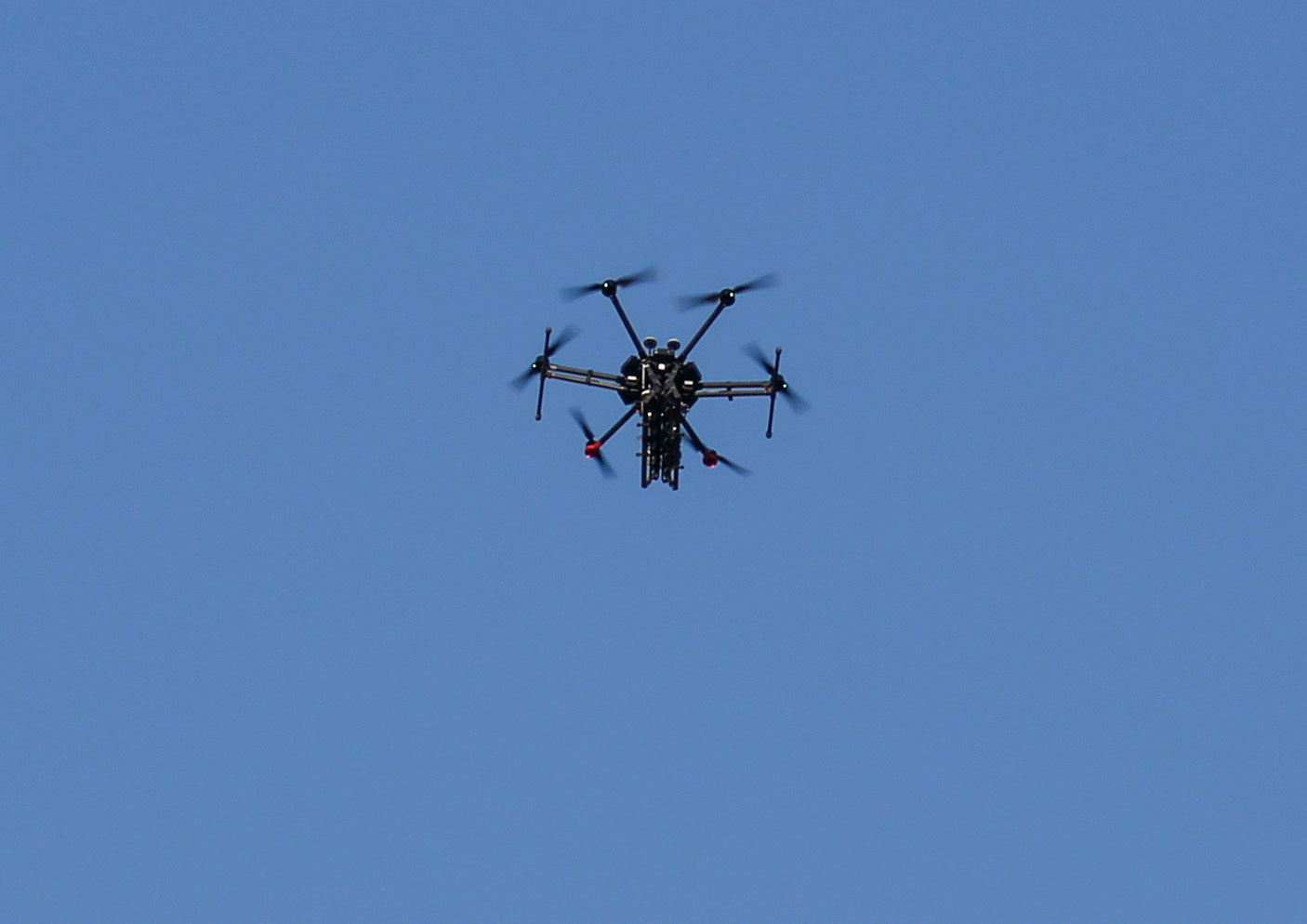Isreal’s Fire Power, From AI Sniper Bot To Car Bombs, As US And Israel Decry Any Hand In The Chopper Crash That Killed Iran’s President, Israel’s Mossad Is Striking Deep Within Iran’s Soil

The fact that Iran and Israel are deeply hostile toward one another is known, and several theories cropped up about what may have caused the helicopter crash that killed Iran’s President Ebrahim Raisi and other officials in the mountainous terrain near Azerbaijan.
Speculation abounds from “conspiracy theories” involving an alleged Israeli Mossad agent named “Eli Kopter” orchestrating the crash to the more plausible theory of inclement weather.
Also doing the rounds, according to Iran experts, is the familiar notion and a recurring narrative from Iranian regime insiders to blame the US.
For example, Iran’s former foreign minister, Mohammad Javad Zarif, who was part of the administration during the downing of Ukraine International Airlines flight PS752 in January 2020, cited US sanctions on Iranian aviation as a primary factor behind the crash.
US Sanctions To Be Blamed For Iran’s Aviation Mess
In a phone interview, Zarif stated that the US sanctions prevent Iran from maintaining good aviation facilities; referring to the chopper crash, he said,
“One of the culprits behind yesterday’s tragedy is the United States, because of its sanctions that bar Iran from procuring essential aviation parts,” Zarif said during the interview.
As Iran laid bare its discontent with the United States, we turn to the hostile relations between Iran and Israel, another country that was being scrutinized for ‘possible’ involvement in the chopper crash.
 Questioning Israel’s Involvement
Questioning Israel’s Involvement
The fact (Israel’s Mossad operating on Iranian soil) was reiterated when an Israeli official clarified that Israel was not involved in President Ebrahim Raisi’s death in the helicopter crash.
Still, Iran’s armed forces chief of staff has ordered an investigation into the cause of the helicopter crash.
Meanwhile, chants of ‘Death to Israel’ echoed as crowds of Iranians thronged the streets of Tehran for Raisi and his entourage’s funeral procession, showing the years-long shadow war between Iran and Israel.
This conflict intensified in April with their first direct military confrontation.
While Israel views Iran as its greatest threat due to Tehran’s nuclear program and support for armed groups targeting Israel, Iran considers itself the primary supporter of Palestinian resistance against Israel.
Speculation following President Raisi’s death led an Israeli official to tell Reuters that Israel was not involved in his death. However, Israel’s Mossad spy agency is said to have previously conducted multiple assassinations and intelligence operations within Iran.
 Mossad On Iranian Soil, AI Sniper Bots, Car Bombs
Mossad On Iranian Soil, AI Sniper Bots, Car Bombs
In November 2020, Iranian nuclear scientist Mohsen Fakhrizadeh, believed by Western and Israeli intelligence to be the architect of Iran’s suspected nuclear weapons program, was killed in a roadside attack outside Tehran.
Iran blamed Israel and an exiled opposition group, describing Fakhrizadeh’s killing as a sophisticated “complex operation.”
However, this is where it gets tricky. Rear-Admiral Ali Shamkhani, secretary of Iran’s Supreme National Security Council, told Iranian state TV that the “operation was very complex, using electronic equipment, and no one was present at the scene.”
Fakhrizadeh was apparently killed using a robotically operated machine gun mounted on a truck parked on the roadside, while the human sniper controlling the machine gun reportedly conducted the operation from an undisclosed location over 1,500 kilometres away.
How They Did It?
Israel began by attaching a machine gun to an advanced robotic apparatus equipped with AI and operated via satellite.
However, transporting this robotic assassin was challenging due to its weight of about a ton. Thus, the components were smuggled into Iran piece by piece and reassembled. The robot was then fitted into the bed of a pickup truck model common in Iran.
A New York Times report based on information from Israeli intelligence sources revealed these details.
According to the NYT report, the Israeli command room had a comprehensive view of the situation on the ground due to cameras fitted on the truck pointing in multiple directions.
The truck was also rigged with explosives to be destroyed after the operation. The AI programmed into the robot compensated for the delay, the truck’s shake, and the speed of Fakhrizadeh’s car.
When the motorcade, including Fakhrizadeh’s car, came into the robot’s sights, Israeli operators positively identified the nuclear scientist using facial recognition software. The machine gun opened fire, killing Fakhrizadeh.
According to the NYT report, the entire operation took less than a minute, during which fifteen bullets were fired.
AI Sniper Bot Does Its Job!
Iranian investigators noted the accuracy of the operation, as none of the bullets hit Fakhrizadeh’s wife, who was seated inches away from him.
However, there was a glitch in the operation; when the truck carrying the robot exploded, most of the specialized equipment was damaged but still intact; the explosion was intended to destroy the robot entirely.
Assassinations
Besides Fakhrizadeh, Israel is believed to have assassinated at least four other Iranian scientists and officials.
However, these attacks were carried out using more traditional methods, such as remote-controlled bombs or human shooters.
In January 2010, Masoud Ali-Mohammadi, a physics professor at Tehran University, was killed by a remote-controlled bomb planted in his motorcycle.
Tehran described Ali-Mohammadi as a nuclear scientist, and Iranian state media claimed that Israel and the United States were responsible for his death.
In November 2010, Majid Shahriari, a professor at Shahid Beheshti University’s nuclear engineering faculty in Tehran, was killed when his car exploded on his way to work. The US and Israel were again blamed for the attack.
In January 2012, Mostafa Ahmadi Roshan, described by Iran as a nuclear scientist working at its primary uranium enrichment facility in Natanz, was killed in Tehran by a bomb placed on his car. Iran also blamed Israel and the US for this attack.
In May 2022, Colonel Hassan Sayyad Khodaei, an officer in Iran’s Islamic Revolutionary Guard Corps (IRGC), was shot and killed outside his home in Tehran.
Subsequently, a member of Iran’s Supreme National Security Council alleged that Khodaei’s assassination was “definitely the work of Israel.”
 Drone Strikes And Cyberattacks
Drone Strikes And Cyberattacks
Israel is also believed to have been involved in at least eight major cyberattacks on Iran, the most famous being the 2010 Stuxnet virus attack. This virus was first discovered in computers at an Iranian nuclear plant.
According to the Institute for Science and International Security, the attack destroyed at least 1,000 of the 9,000 centrifuges at the Natanz enrichment facility.
Iran blamed Israel and the US for the attack.
Israel has also reportedly used suicide drones to strike military facilities in Iran, including the Parchin military complex near Tehran and another facility in Isfahan.
Israel’s Daring Games
While technology-driven remote operations are impressive, some of Israel’s most daring strikes within Iran have involved ground operations.
In January 2018, Mossad agents reportedly raided a secure facility in Tehran and stole classified nuclear information.
Following the incident, in April that year, Israeli Prime Minister Benjamin Netanyahu announced that Israel had obtained 100,000 “secret files” proving that Iran had lied about never having a nuclear weapons program.
In June 2023, Mossad announced a special operation in Iranian territory during which it captured an Iranian operative sent to lead a planned terror attack in Cyprus against Israeli targets.
Mossad even published a video of its agents interrogating the operative, who confessed to the plot. According to the spy agency, the operative had been given weapons for the attack by senior IRGC officials.
 Iran-Israel Conflict
Iran-Israel Conflict
The relationship between Iran and Israel has been fraught with tension and conflict for decades.
Initially, Iran and Israel enjoyed relatively cordial relations. Iran was one of the few Muslim-majority countries to establish diplomatic and economic ties with Israel following its establishment in 1948.
This relationship was largely driven by mutual strategic interests, particularly as both nations were allied with the United States during the Cold War.
However, the Iranian Revolution marked a significant shift in Iran-Israel relations.
The overthrow of the Shah and the establishment of the Islamic Republic under Ayatollah Khomeini brought a new regime that was vehemently anti-Israel.
Iran severed all diplomatic ties with Israel and began to support anti-Israel groups such as Hezbollah in Lebanon and Hamas in the Palestinian territories.
Since the Revolution, Iran and Israel have engaged in a series of proxy conflicts.
Iran’s support for militant groups opposed to Israel has been a constant source of tension. Israel, in turn, has conducted numerous military operations against Iranian interests and allies in the region, particularly in Lebanon and Syria.
Iran’s nuclear program has been a significant flashpoint in relations as Israel views Iran’s potential to develop nuclear weapons as an existential threat.
This has led to a series of covert operations, cyberattacks (like the Stuxnet virus), and assassinations of Iranian nuclear scientists, widely attributed to Israeli intelligence agencies.
In recent years, the conflict has escalated with direct confrontations. Notably, Israel has conducted airstrikes on Iranian military targets in Syria, and Iran has retaliated with missile attacks and support for attacks on Israeli interests globally.
Today, Iran and Israel remain bitter adversaries, engaged in a complex and varied conflict involving military, cyber, and intelligence operations; the situation remains volatile, with each country viewing the other as a significant threat to its national security.




